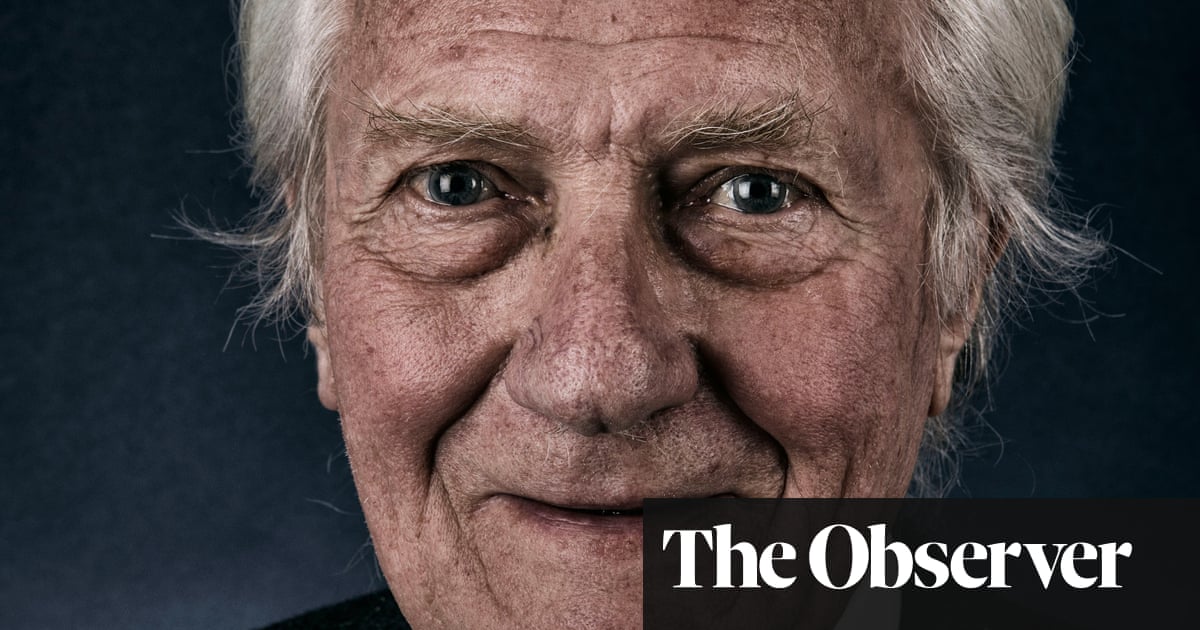
In the light of the sad and disputatious fate of Freya, a displaced walrus who had the misfortune to choose Norway as the last stop on her misbegotten tour of Europe (having taken in Northumberland, Ireland and the Netherlands, where latterly she dozed on a moored navy submarine and raised speculation that she might be making an anti-nuclear protest), it is ironic that the most famous depiction of a walrus in western art, an exquisite drawing by Albrecht Dürer dated 1521 and now in the British Museum, was also slaughtered on a Norwegian shore. In Dürer’s case, the animal was decapitated and its head sent to Pope Leo X in Rome, who had a penchant for such curiosities. The tribute was intended to show the Medici papacy what wonders and riches the North had to offer.
Stranger yet, then, to note that a campaign began last week to raise a statue to Freya. Photographs of her already appear to take on a noble, if not regal aspect, in her unexpected surroundings.
These images of literal disconnection and appropriation seem to evoke the current state of affairs for marine mammals. Outrage greeted the “euthanisation” of Freya in the Oslo fjord – she was shot in order to protect swimmers who had defied warnings not to approach her – follows a bad summer for animal interlopers from the sea. Freya’s death came only weeks after another walrus, named Mursu, ended up on the grass in someone’s garden in southern Finland. Mursu’s sudden demise last month was blamed by some observers on the botched and belated attempt to rescue the animal from its plight.
Days later, three Sowerby’s beaked whales – among the deepest-diving and most enigmatic of all cetaceans – swam onto a Netherlands beach. The scene was almost medieval: as some beachgoers tried to guide the whales back out to sea, a topless female sunbather climbed onto one of the animals and tried to ride it. In the past 12 days, seven of the same species have been found dead in the Moray Firth, in County Durham, Denmark, Belgium and on the Dutch island of Texel, raising serious concerns that military sonar exercises may be to blame.
Earlier this month a four-metre-long beluga whale was fished out of the Seine in Normandy. The emaciated whale, its pale skin blotched as a sign of its failing immune system, was euthanised while being moved to the coast.
Meanwhile, at the end of last month, 99 bottlenose dolphins were driven into a bay in the Faroe Islands and slaughtered for their meat. It was the largest such hunt for 120 years: distressing images showed the animals sliced open like so much sushi. And this summer Iceland resumed hunting fin whales, the second-largest animals on earth. Norway has never stopped hunting whales, despite the international moratorium on whaling implemented in 1986.
The decline of modern tastes for whale meat may herald the demise of whaling, but the evidence indicates that we simply do not know how to deal with these errant animals, living or dead. Euthanising marine mammals is often done with pentobarbital, a chemical that renders the carcasses toxic: in 2011 in the US, a dog fell into a coma after digging up bits of buried whale.
Now modern ecologists plead with authorities not to drag dead whales off to landfill but leave them on the shore to sustain foraging animals and thereby complete a natural cycle.
In a recent and revealing article for Nautilus magazine, US environmentalist Ben Goldfarb notes that a minke whale washed on to a Dutch islet was visited by 57 species of beetle. In Russia, scientists documented 180 polar bears feeding off a bowhead whale carcass. Such resources can mean life or death for animals whose environments are increasingly stressed by the climate emergency.
At sea, whales are highly efficient sequesters of carbon: alive, their faeces fertilises phytoplankton; in death, their bodies sustain colonies of organisms on the sea bed. Yet on land we deny them that service by treating their remains as noisome litter. Dead whales certainly stink; after an encounter with a deceased minke on Skegness beach, I had to throw away most of the clothes I had been wearing.
But while a mass of rotting blubber wouldn’t go down well on Bournemouth’s golden sands, remote beaches are a different matter. “We are removing what is natural from a natural place,” said Martina Quaggiotto, an ecologist at Stirling University. “We jettison dead whales not just because they’re smelly,” Goldfarb adds, “but to escape the evidence of our sins.”
Human hubris goes ahead of itself when it comes to our interactions with the natural world. It always has. Dürer himself died of an infection caught in the Netherlands when he attempted to draw a stranded whale in 1521. It was probably malaria, from the swamps of Zeeland; but the artist himself felt he had paid the price for his impossible arrogance in trying to capture the leviathan.
In 1803, William Blake, who revered Dürer, would declare of a world already out of kilter with nature: “We are led to Believe a lie/When we see not Thro the Eye.” Sometimes just bearing witness and leaving well alone is the best we can do. Perhaps Freya should have been warned once her human name was bestowed upon her. Freya was not only the mythological Scandinavian goddess of love. She was also the goddess of the dead.












